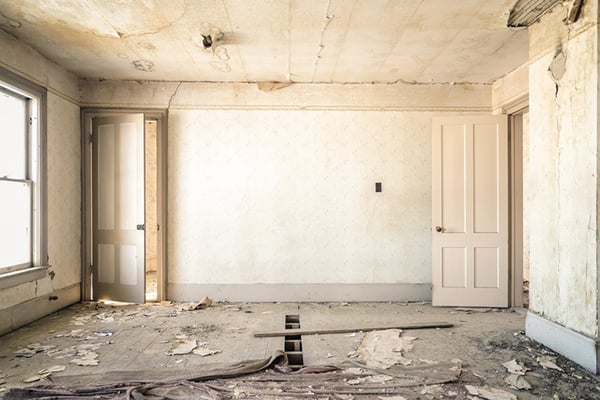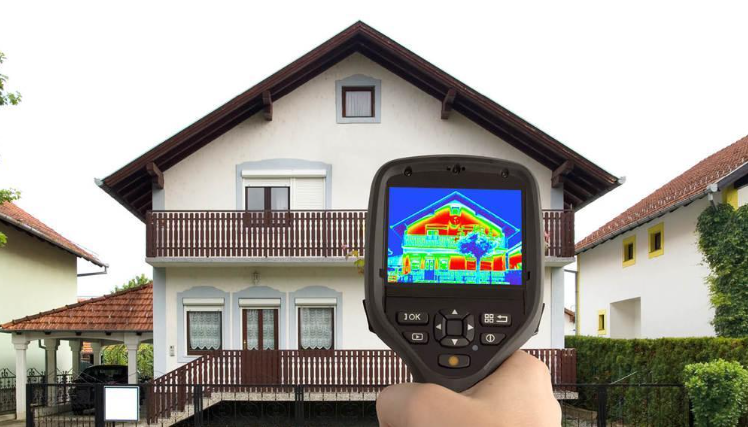Sprayed polyurethane foam presents a magnificent adhesion on consistent, clean and dry substrates and, in general, to all the materials used in building. It should not be forgotten that polyurethane foam was discovered during research on a kind of glue.
The adhesion of other materials to polyurethane can be increased according to the need, both physically, by scratching the surface, and chemically, by using a primer.

Measuring the adhesion of polyurethane
A simple procedure to check the adhesion is done in the following way: a local application is made on the substrate in which we want to test, the foam is pulled out and it must be broken before becoming separated from the substrate.
According to standard UNE-EN 14315-1, this property must be measured using the procedure indicated in Annex F of that standard, and it must be declared by levels.
|
LEVEL |
REQUIREMENT (kPa) |
|
A1 |
≥20 |
|
A2 |
≥50 |
|
A3 |
≥100 |

How to improve polyurethane adhesion
The sprayed polyurethane foam presents a superb adhesion to commonly used building materials. However, there are some aspects that can be observed to improve this property.
- The substrate must be of good consistency. If there were easily removable rust, dirt, sand or earthy texture, the polyurethane would adhere to the first layer, but this would be easily removable.
- On a layer of poor or sandy mortar, or any other non-stable surface, it will be advisable to apply a layer of rich mortar, since due to the normal tensions of polyurethane, lifts can be produced that will drag the surface on which it has been applied, due to a lack of cohesion.
- On smooth metallic materials such as steel, aluminium, etc., a degreasing cleaning with mineral alcohol must be carried out and subsequently an anticorrosive primer must be applied.
- On concrete surfaces, it will be necessary to clean the surface slurry sheet with a suitable brush where this last one is present.
- On a polyethylene film, a non-stick material par excellence, it will be necessary to flame using a blowtorch so as to obtain good adhesion of the foam. However, on some plastics such as polypropylene or Teflon, adhesion will never be achieved.
- On supports with excessive humidity, such as wet surfaces or surface condensation, application should be avoided, as bags and detachments of polyurethane can be generated in the applied area. The less porous the surface, the more accentuated the problem will be. As a general rule, the moisture content of the substrate should be less than 20%.
- On a non-self-protected asphalt fabric, the asphaltic fabric should be adhered over its entire surface and the non-stick polyethylene layer shall have been removed by flaming.
- On old polyurethane foam, if there is degradation by UV, it should be cleaned by mechanical means, such as a wire brush or pressurized water.











